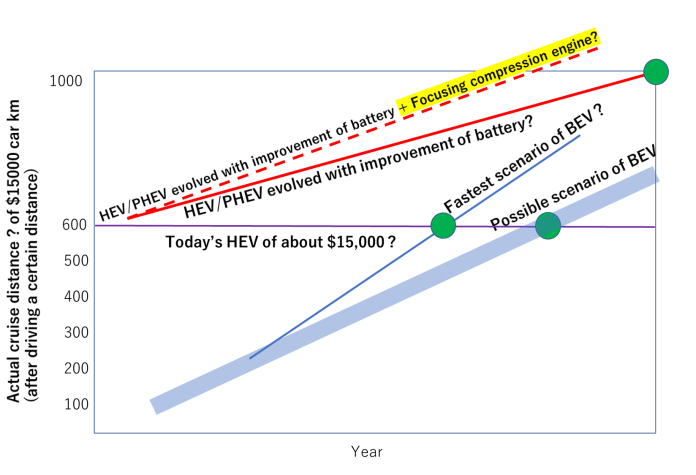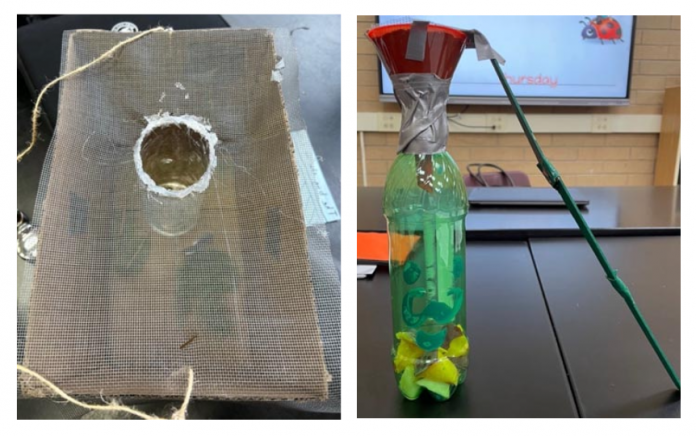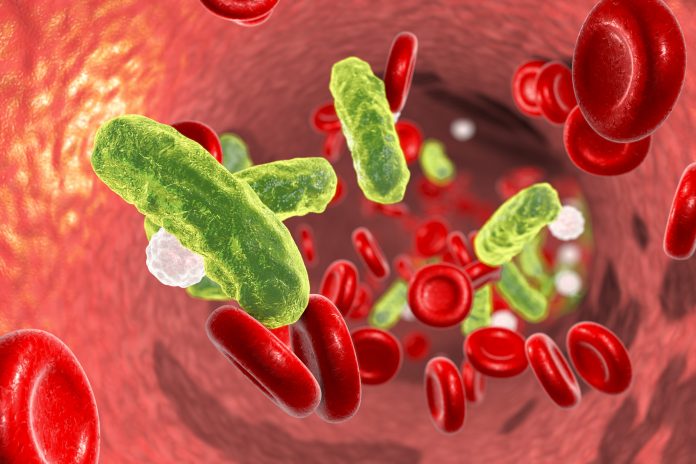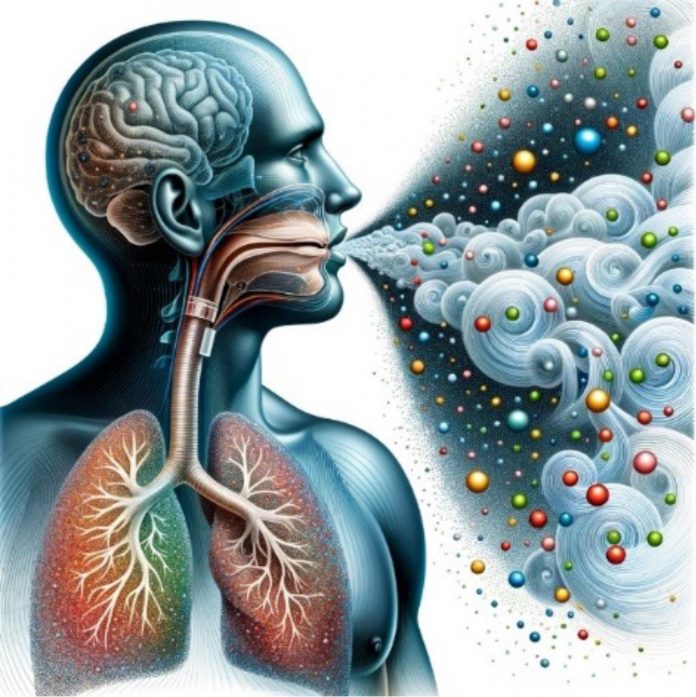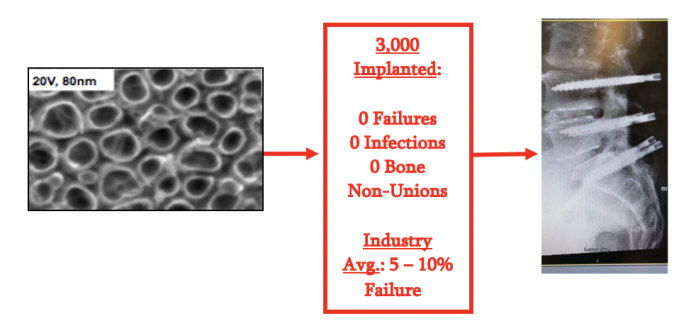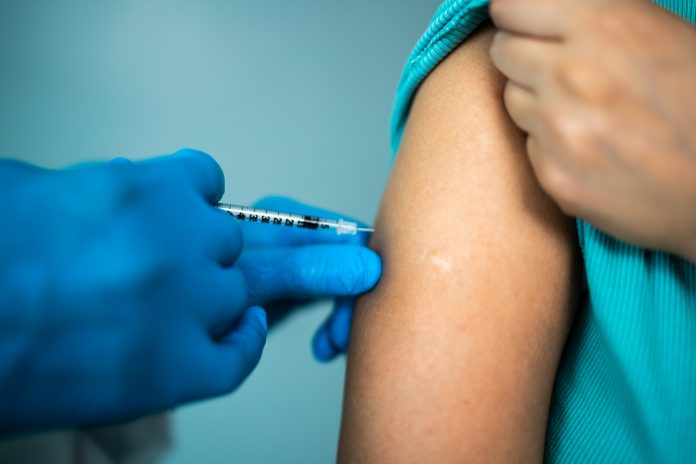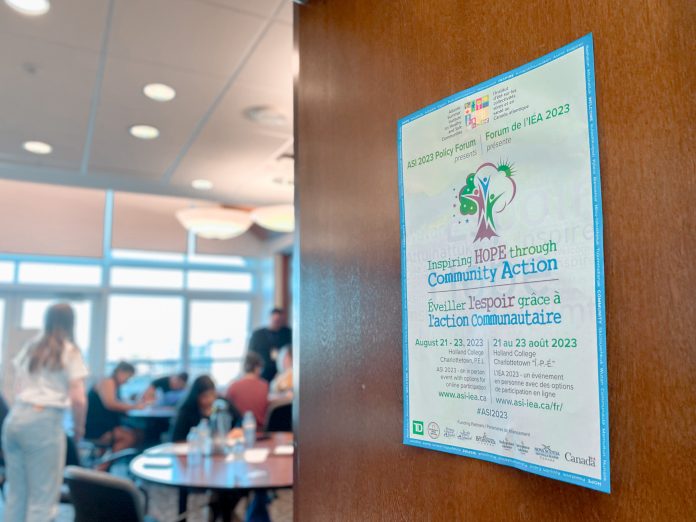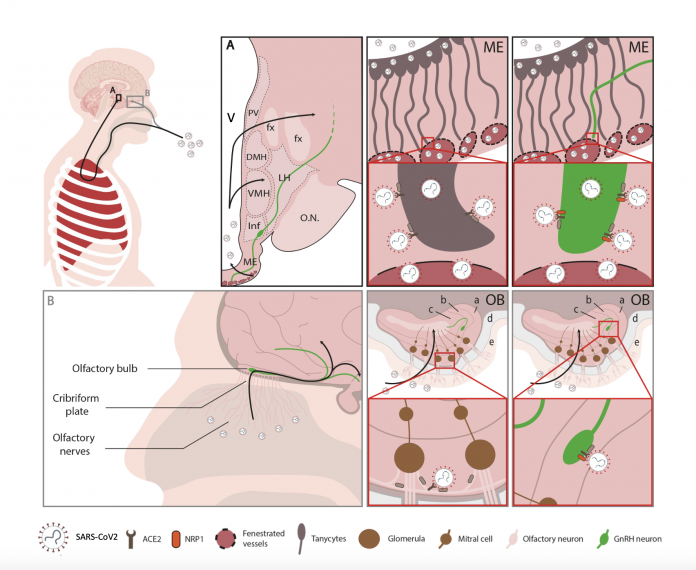Home Search
COVID-19 - search results
If you're not happy with the results, please do another search
UK health research funding plateaus
UK health research funding reached £5 billion in 2022, but is now plateauing, according to the UK Health Research Analysis 2022. The report, commissioned by the UK Clinical Research Collaboration (UKCRC), provides the most detailed overview yet of UK health research funding from 2004 to 2022 from all public sectors.
Reducing climate change and global warming
Professor Ken Naitoh from Waseda University in Japan charts a particular interdisciplinary carbon-neutral approach for reducing climate change and global warming that he believes will lead to a more peaceful world.
Leveraging innovations in health tech to mitigate health care disparities
From desktops to laptops, smartphones to smartwatches, technology has come to play an increasingly central role in our lives, but what about health tech? And as the influence of technology has spread across industries, crucial sectors like education and healthcare have seen noticeable transformations.
Youths’ solutions to local invasive species
Educating students about real-world, issues such as local invasive species aims to encourage wider engagement with STEM.
Pursuing responsible finance in a world of rising risks
Marc Brightman and James Christopher Mizes, from the University of Bologna, explore the importance of responsible finance in a world of rising risks.
Cabo Verde achieves malaria-free status
The World Health Organization (WHO) has certified Cabo Verde as a malaria-free country, marking a significant achievement in the global fight against the disease.
Sepsis and the killer platelets
Dermot Cox BSc, PG Dip Ed, PhD, Pharmacology Lead from the School of Pharmacy and Biomolecular Sciences – RCSI University of Medicine & Health Sciences, discusses sepsis and the killer platelets.
Revolutionising disease detection: The emergence of non-invasive VOC breathomics
Breathomics marks a revolutionary approach to disease detection by analyzing the chemical composition of exhaled breath.
Mongolia and the One Health Approach
Mongolia’s unique ecosystems and cultures come with an equally unique set of wildlife management challenges.
Opinion: Do universities help or hurt innovation?
Do Universities help or hurt innovation? Find out in this 25-year academic entrepreneur’s anecdotal perspective of starting companies and developing implants. Thomas J. Webster shares his opinion here.
Building Vaccine Confidence: Strategies for dispelling myths and misinformation
Heidi J Larson, along with contributors from the Vaccine Confidence Project, discuss the complex factors influencing decision-making around vaccines and what can be done to improve public trust.
Understanding the NHS staffing crisis and challenges faced by migrant care workers
Avinav Nigam, Founder of Tern Group, discusses the NHS staffing crisis and why, in addressing this challenge, policymakers must consider the interplay between migration policies, societal challenges, and the healthcare sector’s needs.
Bridging the gap between evidence and action for a healthy society: The power of...
This is the third article in a series published by Open Access Journal that addresses the gap between evidence and action in health promotion.
Unleashing the opportunity of digital technologies for developing health systems
Suzanne Wait and Catherine Whicher from The Health Policy Partnership discuss the opportunities to improve populations’ wellbeing and access to care by harnessing innovative digital health tools and technologies.
Brain infection by SARS-CoV-2: Lifelong consequences
The WATCH team, founded to elucidate the role played by specialized brain cells called tanycytes in various physiological processes, has been investigating how and where the SARS-CoV-2 virus infects the brain, and some long-term consequences of this neuro-invasion.
Navigating the landscape of digital mental health care: Co-creation and human rights as guiding...
Digital technologies have emerged as a promising solution to transform mental health systems and meet our populations’ increasing mental health needs. Francesca Centola, Policy and Knowledge Officer at Mental Health Europe, outlines the principles that should guide such a digital transformation.
Prioritising brain health in Europe and beyond
With the growing burden of brain disorders, it is more important than ever to ensure the necessary approaches are available; the European Brain Council discusses the priorities for supporting brain health and research in Europe and beyond.
Rockford associates: Providing a financial lifeline for councils in 2024 and beyond
Recovery audit specialists, Rockford Associates, discuss how increasing financial pressures are impacting local councils, the services they provide, and, therefore, the welfare of residents, and how their company can help.
Can an immunisation technique speed up vaccine development?
Researchers in Germany have pioneered a system for displaying epitopes in mammal cells, potentially revolutionising immunisation studies.
Drug repositioning using multiple gene expression profiles
Chuo University’s Professor Y-h. Taguchi places focus on drug repositioning using multiple gene expression profiles



